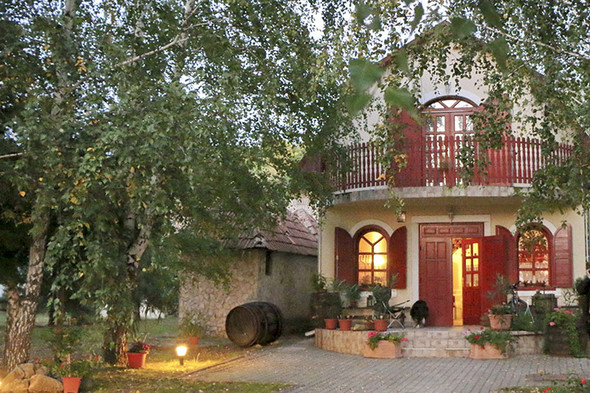It happens that one does not know everyone in a certain wine region. Not even if one regularly travels to the area and after a while it is impossible to go there without receiving heartfelt but hurt messages saying: “You have been around and haven’t popped in?”. Well, this is what my relationship with Tokaj is like.
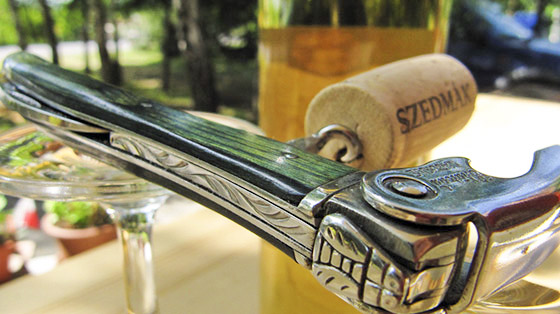
Surely, there are always new cellars opening and new faces appear starting the greatest adventure of their lives (and of the following eight generations’, hopefully) but the situation is different when it comes to the Szedmák family. Even though I had known about them, I had never visited them. Then, one cold winter evening in Budapest I attended an archives lecture on the history of Tokaj. (The lecture was terrible, by the way, offering nothing new in terms of research findings or interesting information and the wine tasting that followed was fraught with serious professional mistakes.) As I was becoming increasingly resentful about the many factual errors, I realized that someone at the adjacent table shares my feelings. More precisely, it was a couple sitting there who helped me correct the lecturer’s blunders (it must have been a terrible experience for him, too but if one decides to do this, one should be prepared at least). In the end, we introduced ourselves to each other in the break and exchanged telephone numbers.
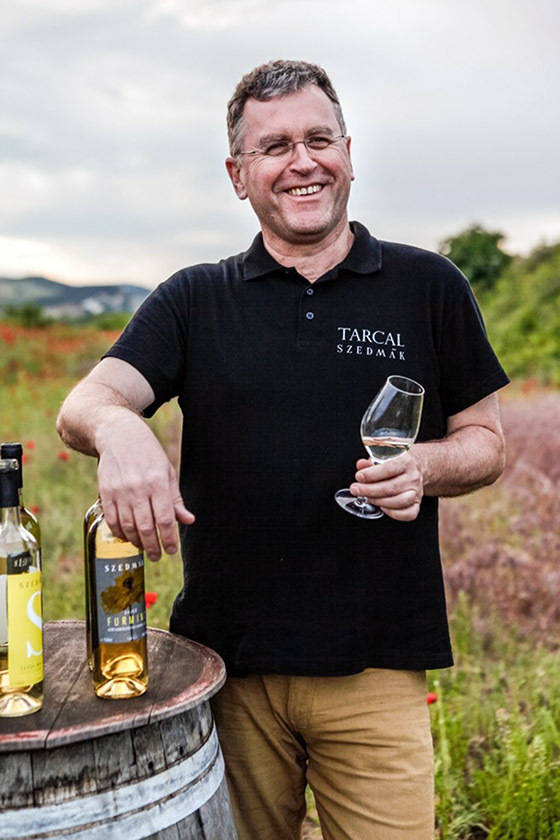
Mr Sándor Szedmák and Ms Brigitta Berzsényi travelled to the capital from Tarcal which is located in the Tokaj wine region. They surely could have had a better programme instead but at least we could get acquainted with each other. They immediately invited me to see them in Tarcal and I was surprised to see that in addition to the wineries I know well (Királyudvar, Basilicus, Tokaj Kikelet, Majoros Birtok, Gróf Degenfeld, Dorogi Testvérek, Myrtus, Tokajicum) there are also some unknown ones.
Let us stop here for a second; it is my fault that I had the impression I knew the region like the back of my hand but I had to realize that it is only the tip of the iceberg I really know. I cannot be grateful enough for the Szedmák family for opening my eyes.
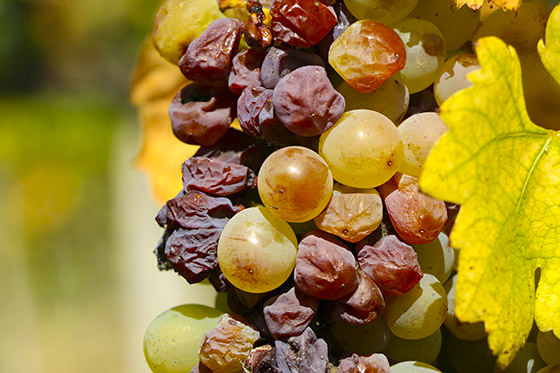
Sándor Szedmák started working at the plant physiology lab of the Tokaji Borkombinát in 1980 (you know, there was a state-owned socialist wine-making cooperative operating in the region that time). Having graduated from a Bulgarian university as a certified viticulturist, he got a job at the Tarcal Research Institute as an expert responsible for nutrient management. The vineyards of the Institute were situated in the Szarvas parcel that time. This is the area where Tokaj Grand, the legal successor of the Wine-Making Cooperative is making its top aszú wines today. Then came the horrible beginning of 1987 when the majority of the vines in the Tokaj wine region got frozen causing huge losses to everybody. It was a real disaster.
However, the warm slopes of the Tokaj Hill in Tarcal are protected from the wind and the frost caused no damage at all. So in 1988 Sándor Szedmák could make his very first wine which has been followed by hundreds more. Today they cultivate four hectares: two in Deák parcel in Tarcal and the other two in Bodrogkeresztúr in Sajgó parcel. Their wines do not necessarily match the mainstream new wave wines of Tokaj (especially not the dry wines) and throughout the wine tasting I felt that something, one last step is missing. The grapes are surely fine (all the more so as Sándor is a viticulturist) so the technology might need to be further developed (so that the steel tanks could be cooled) and the minor uncertainties that I sometimes noted would disappear.
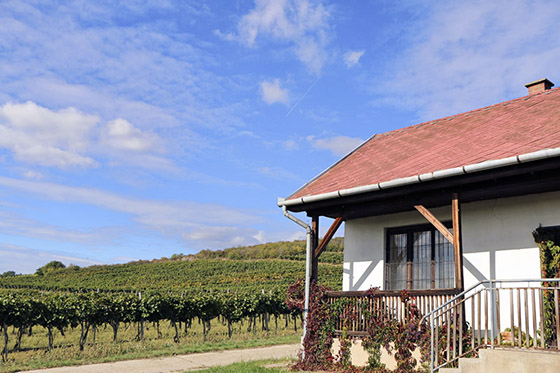
At the end it must be mentioned that since Sándor speaks most Slavic languages fluently, he probably has the largest private customer base in Poland. A long time ago it was the Polish (mostly) that made Tokaji wine world famous so it might be worth a try to strengthen this connection. It would be a great idea to follow the Szedmák family’s lead.
Note: we tasted the wines last spring so some items have surely become more rounded and more consumable by now.



